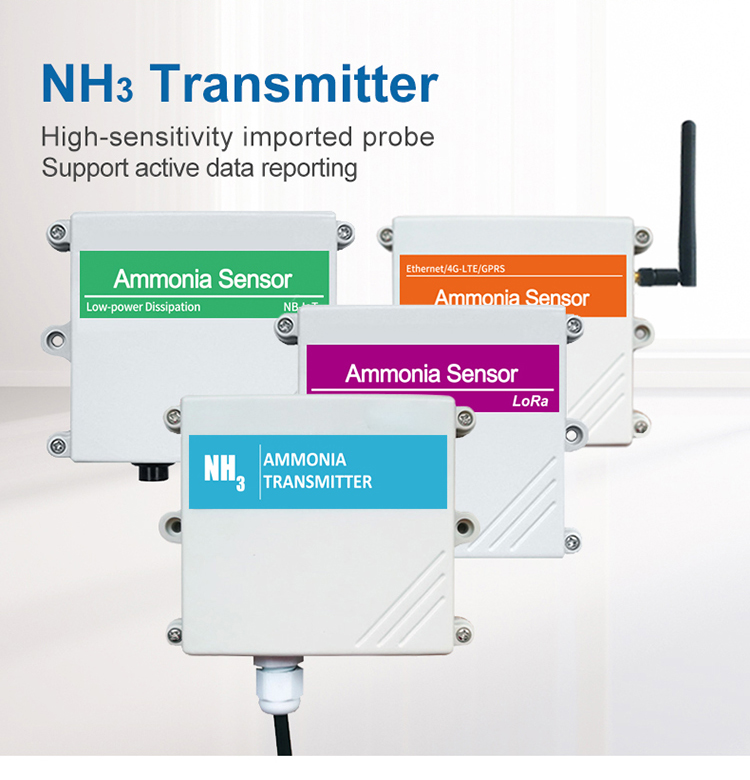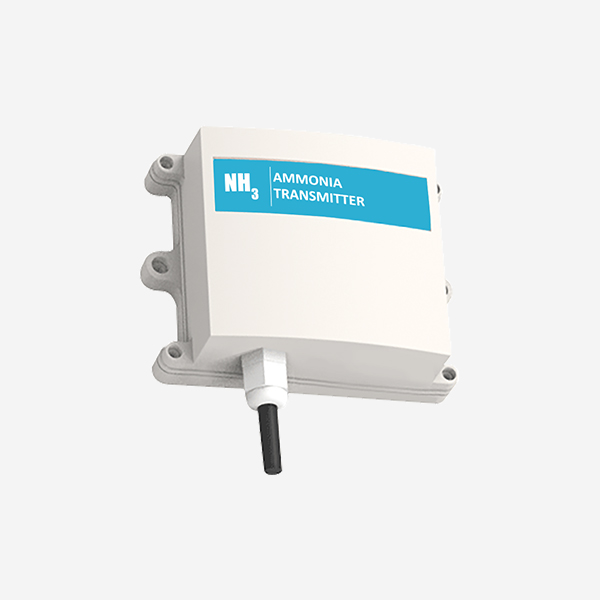Ammonia sensor play a crucial role in various industries by detecting the presence of ammonia gas, which can be hazardous if leaked into the environment. This article explores the latest advancements in ammonia sensor technology, highlighting their importance in ensuring safety and efficiency across different sectors.

The Working Principle of Ammonia Sensors:
Ammonia sensors operate based on the detection of changes in electrical conductivity or optical properties when exposed to ammonia gas. Popular variants include electrochemical, semiconductor, and optical sensors, each with its unique working mechanism and sensitivity levels.
Electrochemical Ammonia Sensors:

Electrochemical ammonia sensors employ a chemical reaction between ammonia and an electrolyte to generate an electrical signal, directly proportional to the gas concentration. These sensors possess high sensitivity, capable of detecting ammonia gas even at parts per million (ppm) levels. However, regular maintenance, calibration, and electrolyte replacement are necessary for optimal performance.
Semiconductor Ammonia Sensors:

Semiconductor ammonia sensors rely on the alteration in resistance of a semiconductor material upon exposure to ammonia gas. While these sensors offer simplicity and cost-effectiveness, they generally exhibit lower sensitivity compared to electrochemical sensors. Additionally, cross-sensitivity to other gases, such as carbon monoxide and hydrogen sulfide, may pose challenges in certain applications.
Optical Ammonia Sensors:
Optical ammonia sensors utilize the absorption of light by ammonia molecules to measure gas concentration accurately. Offering high sensitivity and specificity, these sensors excel in detecting and quantifying ammonia gas. However, their adoption is often limited due to higher costs and the requirement for specialized equipment.
Applications in Various Industries:

Ammonia sensor find extensive applications in diverse industries. In agriculture, they are indispensable for monitoring ammonia levels in animal barns and poultry farms, ensuring the well-being of livestock. Refrigeration systems employ ammonia sensors to detect potential leaks, safeguarding against toxic and explosive situations. Furthermore, manufacturing processes involving ammonia, such as fertilizer production, rely on ammonia sensors to ensure operational safety and prevent accidents.
Advancements and Future Trends:
Recent advancements in ammonia sensor technology focus on enhancing sensitivity, selectivity, and reliability. Efforts are being made to improve the durability and lifespan of electrochemical sensors through innovative electrode designs and electrolyte formulations. Semiconductor sensors strive to reduce cross-sensitivity and enhance sensitivity levels for improved efficiency. Likewise, ongoing research aims to develop cost-effective and robust optical sensors that can be readily implemented across industries.
Conclusion:
Ammonia sensors play a vital role in maintaining safety and efficiency in various sectors. The choice of sensor type depends on factors like sensitivity, specificity, cost, and ease of use. Regular maintenance and calibration are essential to ensure accuracy and reliability. As technology continues to advance, ammonia sensors will undoubtedly witness further improvements, strengthening their significance in safeguarding human health and the environment.
